
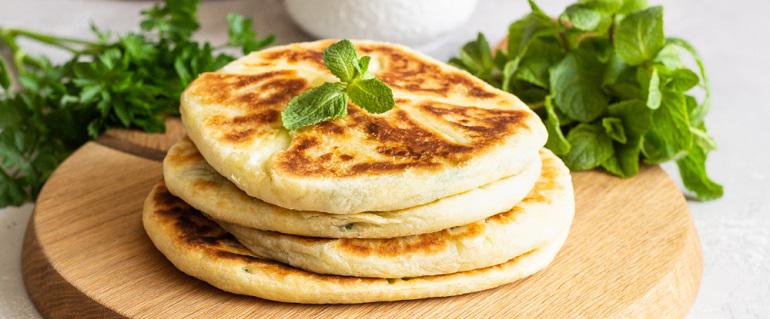
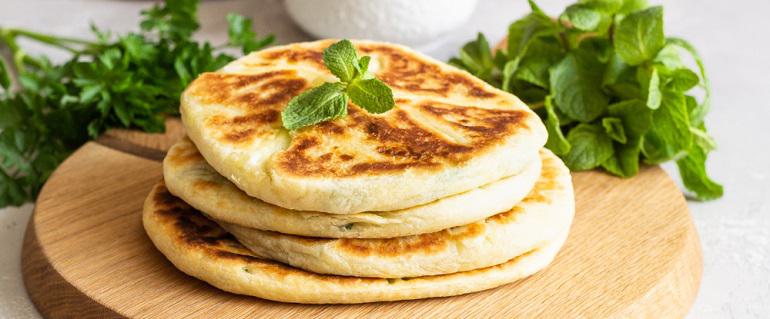
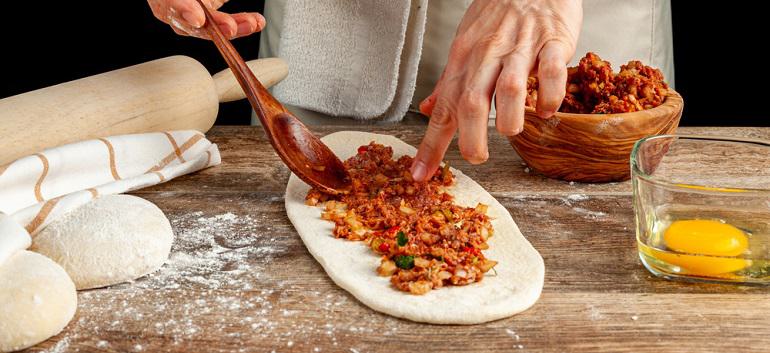 Though most grocery stores carry flatbread, at-home cooks are more than welcome to try and make this baked good themselves. Luckily, making easy flatbread recipes at home is a quick and straightforward process. Just a few ingredients are needed to create a great-tasting flatbread recipe that you can use in various dishes. To learn more about making homemade flatbread, check out the article: How to Make Flatbread.
Though most grocery stores carry flatbread, at-home cooks are more than welcome to try and make this baked good themselves. Luckily, making easy flatbread recipes at home is a quick and straightforward process. Just a few ingredients are needed to create a great-tasting flatbread recipe that you can use in various dishes. To learn more about making homemade flatbread, check out the article: How to Make Flatbread.
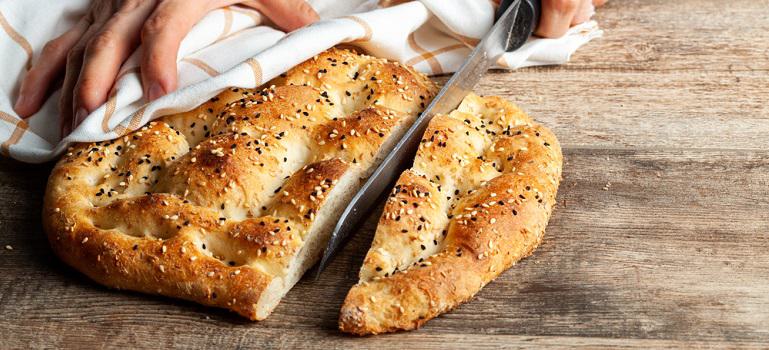 Though the main difference between these two types of bread is yeast, it's not the only thing that makes them unique. Here are a few other ways to determine if what you're eating is flatbread or pizza dough.
Though the main difference between these two types of bread is yeast, it's not the only thing that makes them unique. Here are a few other ways to determine if what you're eating is flatbread or pizza dough.
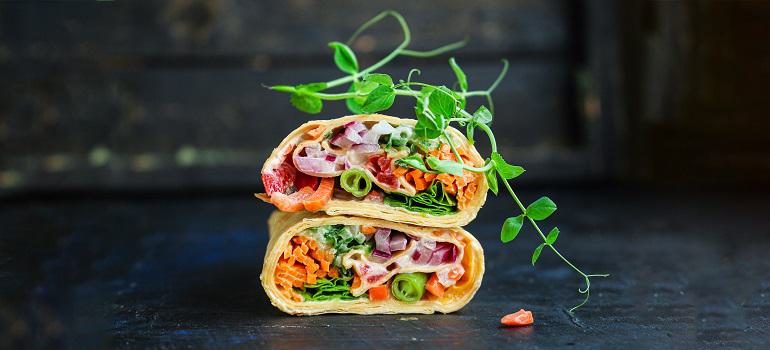 Lavash, a traditional Armenian flatbread, gets its shape and flavor from the hot walls of a clay oven. When fresh, it has a soft and flexible nature. However, once it has dried, Lavash turns brittle. This bread's minimal ingredients and dry state mean that you can store it for several weeks without spoiling. To soften lavash before use, sprinkle a bit of water on top to rehydrate it. Lavash is most commonly used as a wrap to make sandwiches and paired with soups and stews.
Lavash, a traditional Armenian flatbread, gets its shape and flavor from the hot walls of a clay oven. When fresh, it has a soft and flexible nature. However, once it has dried, Lavash turns brittle. This bread's minimal ingredients and dry state mean that you can store it for several weeks without spoiling. To soften lavash before use, sprinkle a bit of water on top to rehydrate it. Lavash is most commonly used as a wrap to make sandwiches and paired with soups and stews.